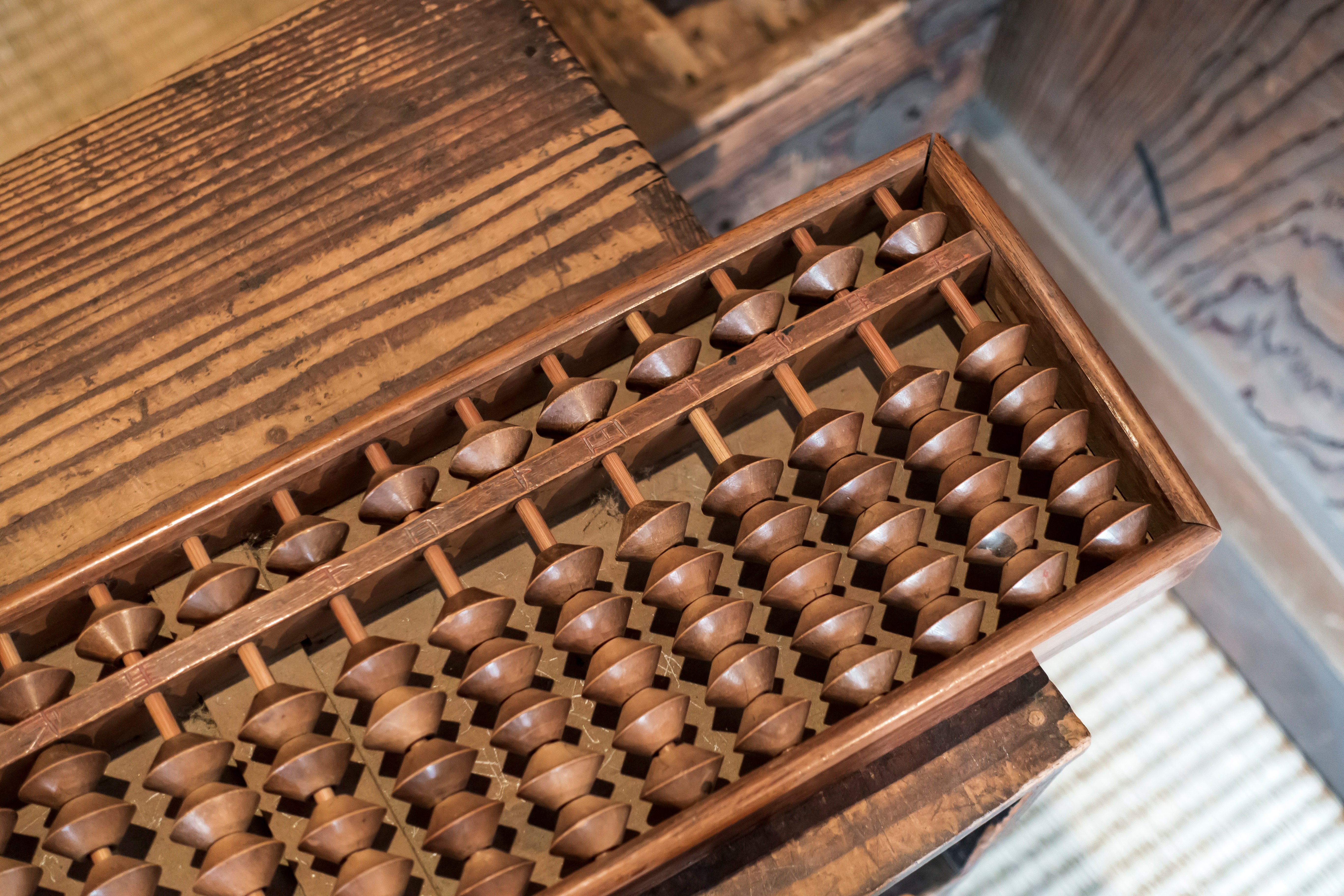How to Use Abacus Tool: A Step-by-Step Guide for Beginners
 In the old days, when the Internet and computers weren't a thing, we used to use our fingers or even objects to do even
the simplest of calculations. That doesn't mean people didn't have intelligence; after all, those same people made this
very device where you are reading this right now. So, have you wondered how those old days might have been? Well, stop
thinking, and get yourself an Abacus right now!
In the old days, when the Internet and computers weren't a thing, we used to use our fingers or even objects to do even
the simplest of calculations. That doesn't mean people didn't have intelligence; after all, those same people made this
very device where you are reading this right now. So, have you wondered how those old days might have been? Well, stop
thinking, and get yourself an Abacus right now!
In this article, we will learn how to use abacus tool as a beginner, what type of abacus you should get, and how the structure of abacus works So without any further ado, let’s begin.
How to Learn Abacus
Before answering how to learn abacus, first we have to figure out which one is right for you. Because there are many types of abacuses out there, and picking the right one can change how easy or difficult your learning experience turns out to be. If you are not sure which one to pick, then go for the 10*10 models, where it will have 10 beads or pills in each row, and the entire tool should have 10 rows in total. Size doesn’t matter for this one, so small or big, that won’t make that much difference. Once you have the abacus in your hand, head over to the next section and start the abacus counting session.
Abacus Basic Level: Step-by-Step Guide
Abacus counting is simple yet challenging at first. So to make it simple, let’s divide the basics into four small ones.
Step 1: Structure of Abacus
Each structure of abacus has a meaning. The beads, or the pills, represent the number, while the rows separate them based on power. For this one, we will use this value for each row:
- 1, 2, 3 … 10
- 10, 20, 30 … 100
- 100, 200 … 1000
- 1,000 … 10,000
- 100,000 … 1,000,000
- 1,000,000 … 10,000,000
- 10,000,000 … 100,000,000
- 100,000,000 … 1,000,000,000
- 1,000,000,000 … 10,000,000,000
Step 2: Hold Your Abacus
Holding your abacus also matters. Most people keep the rows vertically, if they have an extra row to hold the beads in place. But if you have the old ones, like we do, then make sure that you hold your abacus sideways. Now your rows should be in horizontal style.
We always do our basic additions or subtractions from the bottom-up system, so let’s use the same way here. Technically, top-down will work just fine. It is up to you which side you pick. But the counting will always be from left to right. So make sure that your beads are all on the left side.
Step 3: Abacus Counting
Next, imagine a single-digit number, for example, 6. Now your first row has ten beads, push six of them to the right side. Now your abacus tool is showing that you have six beads on your side, or you counted to six.
Now imagine a two-digit number like 27. Your first row only has 10 beads, so how can you count 27? Well, this is where the second row comes in. Push two beads to the side. Each bead from the second row represents 10, so two mean 20. Now all that’s left is 7, so push seven beads from the first row, and that’s it. How easy was that?
Single and two digits are for kids, so now let’s count something big like 123456. That’s a six-digit number, and to count that, we will use the abacus tool like this:
- Six-digit means a total of six rows will be in play this time.
- The first digit is 6. So push six digits from the first row, and that’s your number six.
- Next up is 5 from the 50 series, so push five beads from the second column.
- 4 is 400, so four beads from the third row.
- Now 3 from the fourth row, 2 from the fifth, and 1 from the sixth.
- Bravo! You just counted 123456 with an abacus.
Step 4: Abacus Addition
The addition follows the same system; the only difference is that now we will do both counting and addition at the same time. Fundamentals remain the same, so this will be pretty easy.
- Imagine two random two-digit numbers like 36 and 57. Take one as a base. For this particular case, we are using 36 as the base. Now let's start counting:
- 36 is our base, so count 36 on the abacus. (2nd = 3, 1st = 6)
- Breakdown 57 in the same way and take the first digit, which is 7.
- But wait! You only have 4 beads left in the first row, so how should you calculate seven?
- Well, this is where the trading system comes in. Push the remaining four beads, that’s ten on the right side, which is equal to one bead from the second row.
- So push one bead from the second row and trade it for 10 beans from the first row by moving them to the left side.
- Now your first row has been reset, and you have all your ten beans back.
- We used 4, so we need 3 more to complete number 7, so push three beans to the right side.
- From 57, the number 7 has been accounted for. Now all that’s left is 50. So push five beans from the second row to the side.
- Nine beans on the second and three beans on the first, that’s 93.
- Congrats, you got your answer.
Conclusion
Abacus counting and addition may look confusing at first, but as you physically interact with those tiny beads and slide them each time you trade a number, it feels satisfying. That’s the most useful thing about abacus. It surely won’t beat a calculator anytime soon. But what it will do is articulate mental calculation and boost cognitive skills over time. If you liked this article and want to know more about that, then just give us a call and let Jainam Coaching Classes handle the rest.
Frequently Asked Questions
1. How to use abacus tool?
Ans. Using an abacus tool is much easier than you think. Just get a 10x10 abacus from your local shop, order online from e-commerce sites like Amazon, or you can even create your very own with shirt buttons and strings. Get your starting gear ready, follow our simple guide, and you will master this in no time.
2. What does the abacus basic level mean?
Ans. The abacus basic level refers to the fundamental study of how to learn abacus. It usually includes a crash course about abacus and its structure, along with simple counting methods that we like to use.
3. Tell me an interesting fact about abacus.
Ans. Did you know that the abacus wasn’t invented by a single region? Instead, it already had many variations throughout the world by the time it made its first appearance. Which technically blurs out when, and also who invented it. Pretty mysterious, isn’t it?





